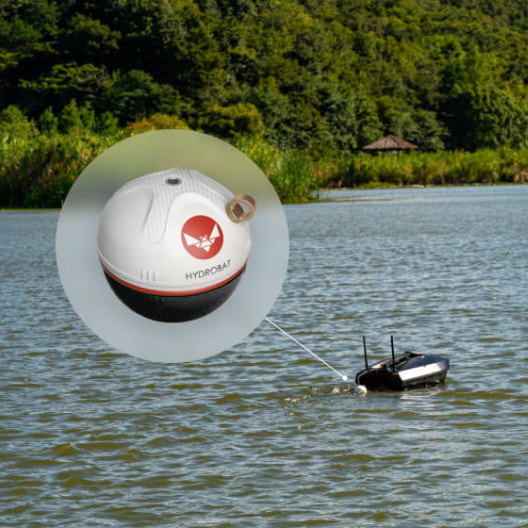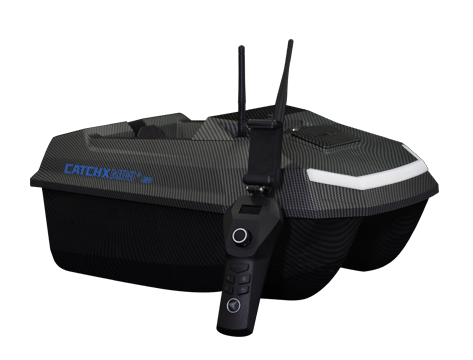Best Practices for Setting up and Using Fish Finders for Bank Fishing
When it comes to catching fish from the bank, a fish finder can be an incredibly useful tool that can help you locate fish and figure out the depth and structure of the water. In this blog, we'll look at some best practices for setting up and using fish finders for bank fishing.
Setting up a fish finder for bank fishing
Before you start using your fish finder, you need to set it up correctly. Here are some tips that can help you get started:
Setting Up Your Fish Finder with a Mobile App
To set up your portable fish finder, it's important to make sure it's fully charged before use. Once charged, you can operate the fish finder through a mobile app that can be downloaded from the App Store or Google Play Store on your smartphone or tablet. To connect the fish finder with the app, turn on the device and enable Bluetooth on your mobile device. Then, open the app and follow the instructions to connect the two devices.
Set the depth range
Another important setting to adjust is the depth range. This will determine how deep the fish finder can scan. When bank fishing, you'll probably want to set the depth range fairly shallow, as this is where most fish will be located.
Adjust the sensitivity
Depending on the conditions, you may need to adjust the sensitivity of your fish finder. This will determine how much detail you'll be able to see. If the water is murky or if there's a lot of debris in the water, you may need to turn up the sensitivity to get a clear picture of what's happening beneath the surface.

Using a fish finder for bank fishing
Once you've got your fish finder set up, it's time to start using it to locate fish. Here are some tips that can help you get the most out of your fish finder:
Look for structure
When bank fishing, it's important to look for structure where fish are likely to be hiding. This might include things like rocks, logs, and weed beds. Use your fish finder to locate these structures and then fish around them.
Pay attention to depth
Depth is another important factor to consider when bank fishing. Fish will often congregate at specific depths, so use your fish finder to locate these areas and adjust your fishing technique accordingly.
Experiment with different settings
Finally, don't be afraid to experiment with different settings on your fish finder. Try adjusting the sensitivity, depth range, and other settings to see what works best in different conditions. With a little practice, you'll be able to use your fish finder to locate fish and catch more fish from the bank.
In summary, a fish finder can be a valuable tool for bank fishing. By following these best practices for setting up and using your fish finder, you'll be able to locate fish more easily and catch more fish. Whatever the fish finder for bank fishing you choose, make sure you take the time to get the settings right and experiment with different techniques until you find what works best for you.























